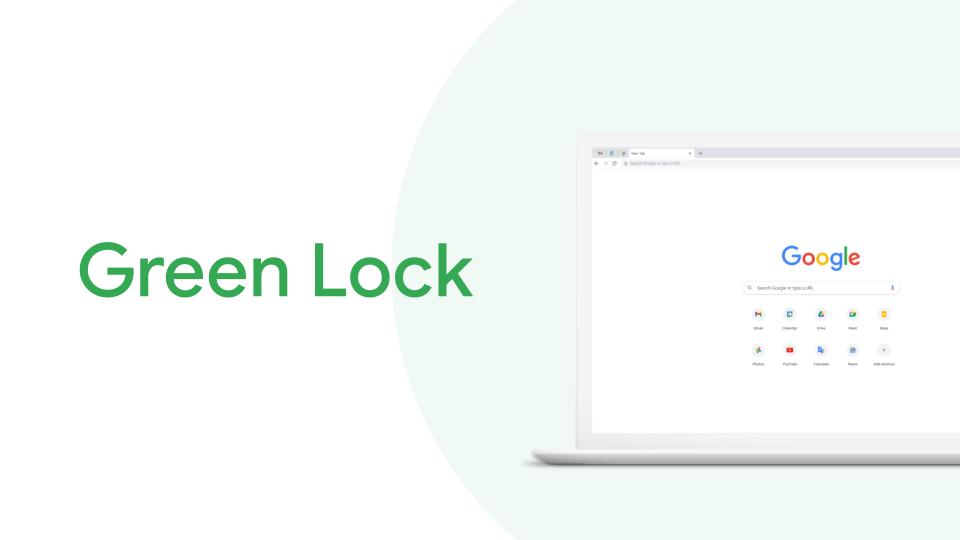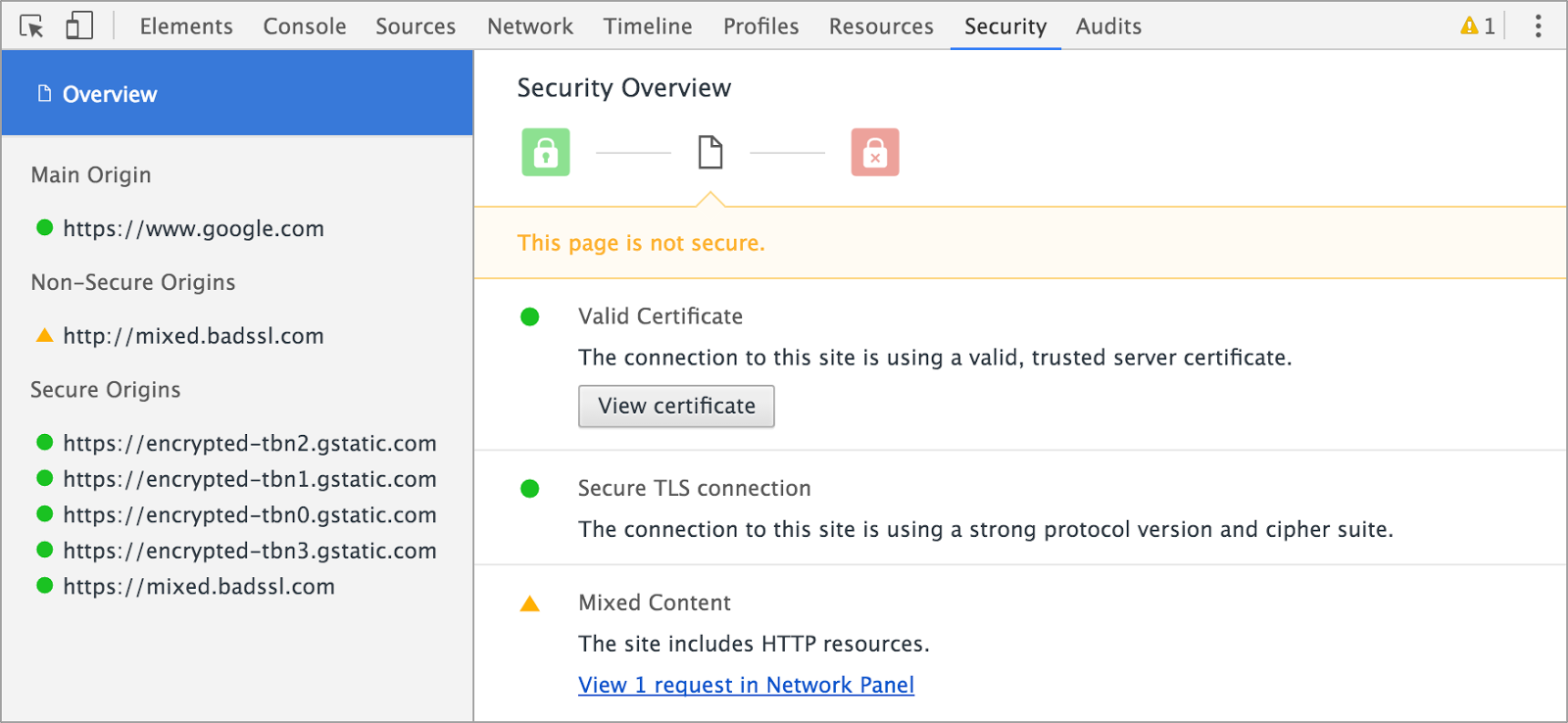Chrome just made security a little easier with their little green lock
Ever been searching across the web and come along a little green lock on the left side of your browser’s address bar? This coveted icon indicates that some advanced security measures are in place, and Google just made it easier for developers to identify which connection errors are keeping them away from the green lock.
As security is an ever-important concern, it’s a good strategy to ensure that every connection to your website is encrypted, especially those that facilitate online transactions. A fully-encrypted website carries the HTTPS protocol, and ensures all data is encrypted and no outside sources or third parties can see your information.
In a recent blog post by the Chromium team, the open-source project that Chrome is built upon, they announced that a new DevTools security panel has been rolling out over the past few days (also available to all Chrome 48 beta users). This new security panel breaks down info on every connection request, giving developers a clear-cut view of which network connections are not encrypted.
The Chromium team states that with just a glance at the overview for any given page, you can quickly find information about:
- Certificate verification, indicating whether your site has proven its identity with a TLS certificate
- TLS connection, indicating whether your site uses a modern, secure protocol and ciphersuite
- Subresource security, indicating whether your site loads insecure HTTP subresources (otherwise known as mixed content)
The DevTools security panel will also give developers the ability to easily check the state of subresources. This allows for broader surveillance of things like images, videos, and documents that are embedded in your site, making sure the host or CDN is also encrypted.
If you don’t have it yet, the Google team is here to help you get that green lock! Here’s more info on the security panel from the Google Developers blog.











